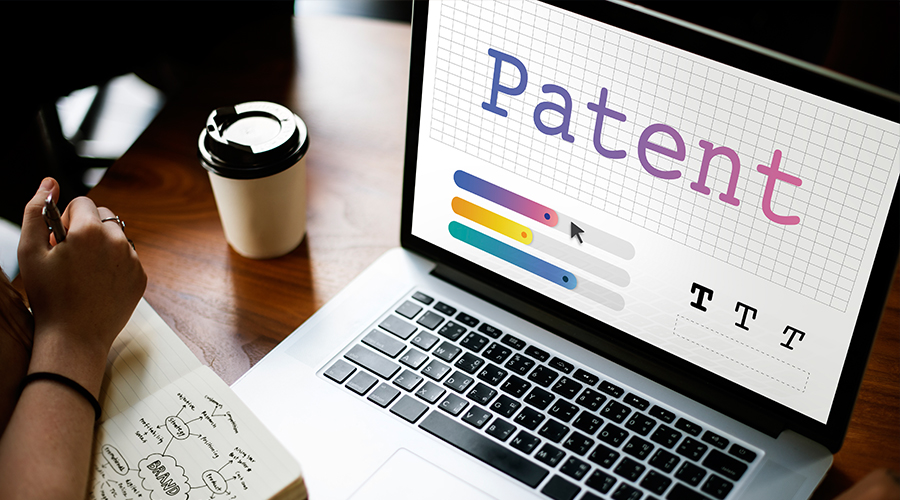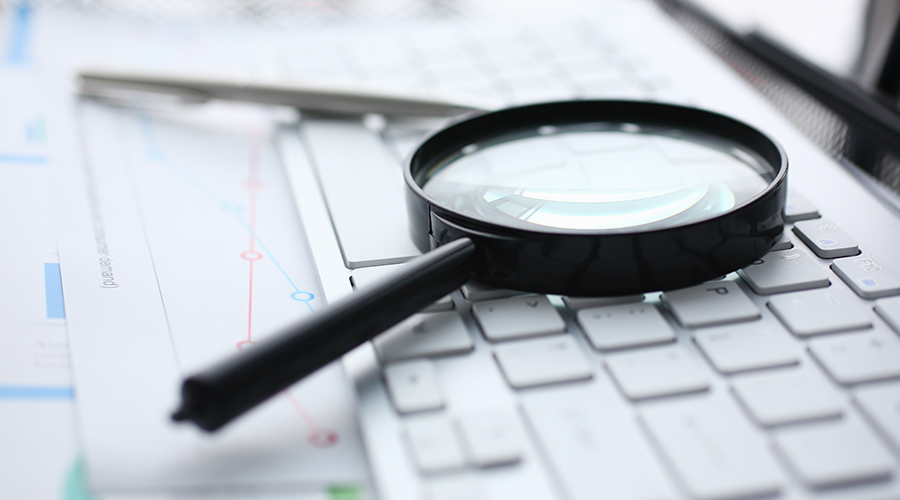Provisional Patent Applications
There are two types of utility patents that exist. Non-provisional and Provisional patents the latter is explained below:
Provisional patent
A provisional patent is an initial disclosure. Filing an international patent will demonstrate to the court that creation has been made. If you wish to file a provisional patent, our patent filing services will help you with filing a provisional patent.
While you do not have to worry about how to file a patent, we at IPExcel ensure that your patent filing process is seamless with our patent filing services. We also offer online patent filing which includes filing a provisional patent. But we do believe that it is optimal for you to know the ip filing process:
Steps to file a provisional patent

Step 1- Search for prior art proprietary databases and the United States Patent and Trademark Office: Using the resources available we can do our best that your invention is new, novel and is not patented already. Our attorneys will help you through the search process and ensure that your hard work doesn’t go in vain.
Step 2- Determine the type of Patent you require: We at IP-Excel provide you with a holistic solution regarding how to file a patent and are with you through the patent filing process to guide you with which patent you should file for.
Step 3- Filing a provisional Patent:Our patent filing services ensure that your rights are protected and by filing a provisional patent -we add a layer of protection in case someone later claims that the idea is theirs.
Step 4- Information for formal application:We prepare specific documents with an abstract, detailed description, background, summary, conclusion, and drawings including the ramifications and scope of the invention.
Step 5- Complete and Review your provisional patent application: We are at the last stage of the process of filing ip and we do not want unnecessary rejections or errors so this step is crucial.
Step 6- Acquiring the patent:A patent examiner will be assigned to your case and we will directly communicate with them to help you move along faster by being proactive during the examination process.
With the assistance of our patent attorneys, you do not have to worry about how to file a patent. The ip filing process commences when you approach us and hopefully ends with a patent in your name!
Highlights of US Patent rules:
Before you begin to learn about how to obtain a US patent, you must be aware of the US patent rules and US patent requirements, summarized below:
Patentable Subject Matter:
There are two criteria for subject matter eligibility:
1. Your invention must fall in one of the four categories:
- Processes,
- Machines,
- Manufactures and
- compositions of matter.
A process defines method steps of activity while machine, manufacture, and composition of matters typically cover products.
2. There are also a few exceptions for which a patent may not be allowed, such as abstract ideas, laws of nature, and natural phenomena.
Conditions for Patentability
1. Useful
If you have a useful invention or improvements that qualify the subject matter eligibility criteria, you may obtain a patent.
When determining the usefulness of your invention, one question you must ask yourself is: "Is it a solution to an existing problem?" Any invention with a functional and conceivable use satisfies this criterion.
2. Novelty
There must not exist a prior art which completely discloses the invention. The invention should not be part of public knowledge. If the solution to a problem you wish to file a patent is already in a published document or use, you may not obtain a patent.
3. Non-Obvious
As mentioned, your invention must be novel in the light of prior art, but it also must not be obvious to a person ordinary skilled in the art. It should not be an apparent improvement to an existing solution to a person who has some knowledge in the field of invention.
Patent Filing in US - Process

The patent filing process is an expensive and time-consuming process where the result of obtaining a patent is not guaranteed. However, what awaits is a non-obvious and truly novel and useful invention that is brought to light at the end of the process with the most powerful and recognized non-tangible property rights in the US.
Patents aim to foster innovation. From corporations to single inventors everyone with an original and useful idea can apply for a patent. The issued patent grant will allow the inventor to have exclusive rights to make, sell, and use the patented invention across the US for a period of 20 years from the date of filing a patent application. While it may seem counterintuitive by saying that eliminating competition would foster innovation but it genuinely does
Why are we sharing this information?

Well, for the uninitiated a Patent is a branch of Intellectual property, a monopoly that is solely granted by the government of the country where you initiate filing a provisional patent that grants inventors an exclusive right to manufacture, use, sell, or otherwise benefit from the invention for a certain period of time. To put it in easy words, a patent ensures that no one is misusing or stealing your design or idea without your permission.
The general outline of this guide will help you understand the where, what, how, who, when, and why of the patent system to help you understand the know-how to obtain a patent. While IPExcel does offer Online Patent Filing, we are readily available to help you with the patent filing process to guide you through the complex process of patent filing. It is important to acquaint yourself with the patent filing process for making informed decisions about your patent.
An efficient way of conducting this research is through patent advisors who are knowledgeable about every detail of filing a patent. Patent filing specialists like us can conduct a patent filing search with the help of proprietary databases and search tools. At IPExcel, we have a team that knows the patent filing procedure in-depth and can help you with A-Z of patent filing in the US.